Opening on May 10, 2025, at the 19th International Architecture Exhibition of La Biennale di Venezia, the Luxembourg Pavilion unveils Sonic Investigations, a sensorially immersive exhibition that shifts architectural focus from the visual to the auditory. Curated by Valentin Bansac, Mike Fritsch, and Alice Loumeau, with contributions from sound artist Ludwig Berger and philosopher Peter Szendy, the exhibition transforms the Arsenale’s Sale d’Armi into a spatial soundscape rooted in listening.
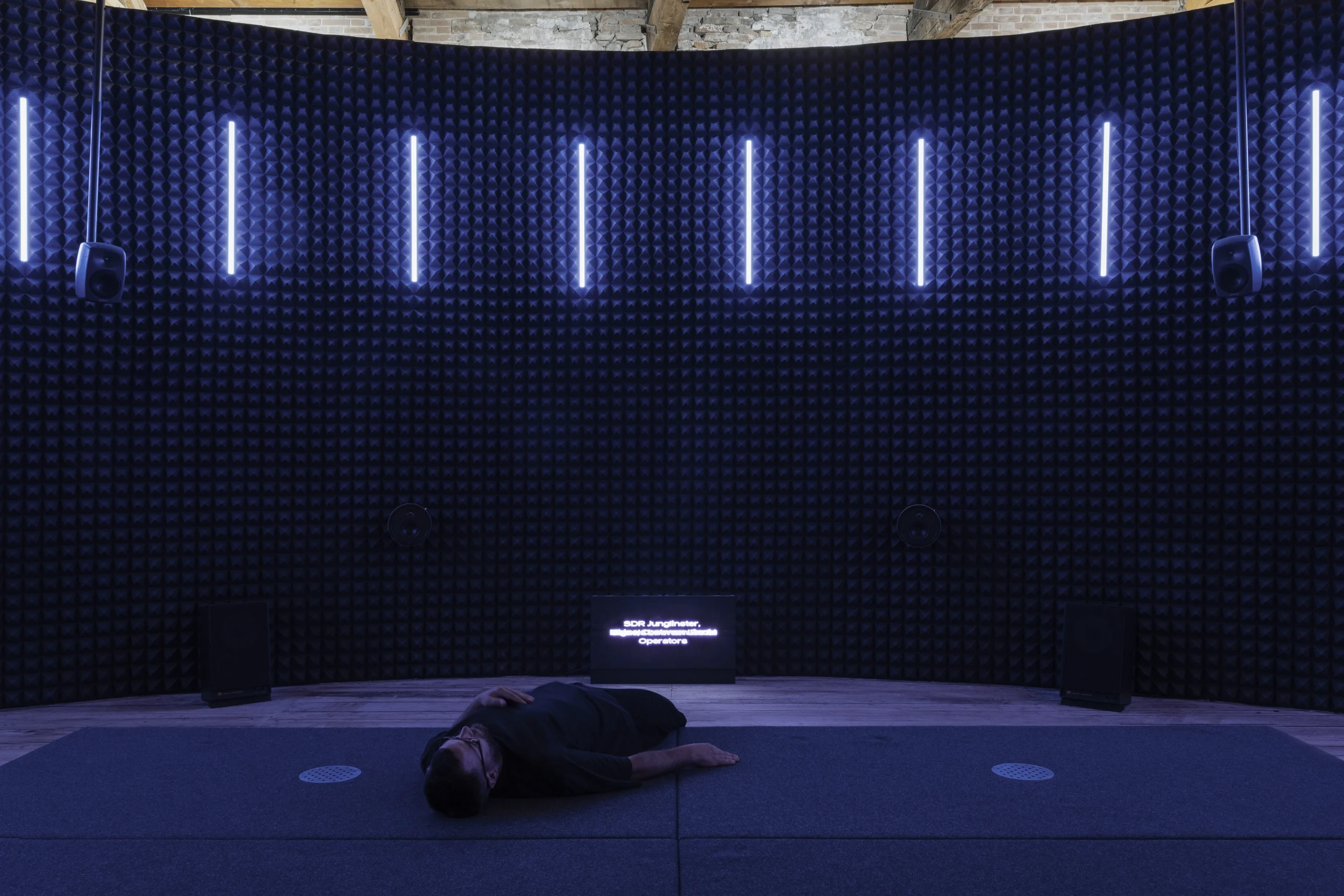
In a world saturated by images, Sonic Investigations asks: what happens when we close our eyes and tune in instead? Drawing inspiration from John Cage’s 4’33” and the theories of acoustic ecology, the pavilion invites visitors to engage with architecture as an aural experience. The aim is not to discard vision, but to challenge its dominance, and to reintroduce sound as a tool for understanding, interpreting, and designing environments.
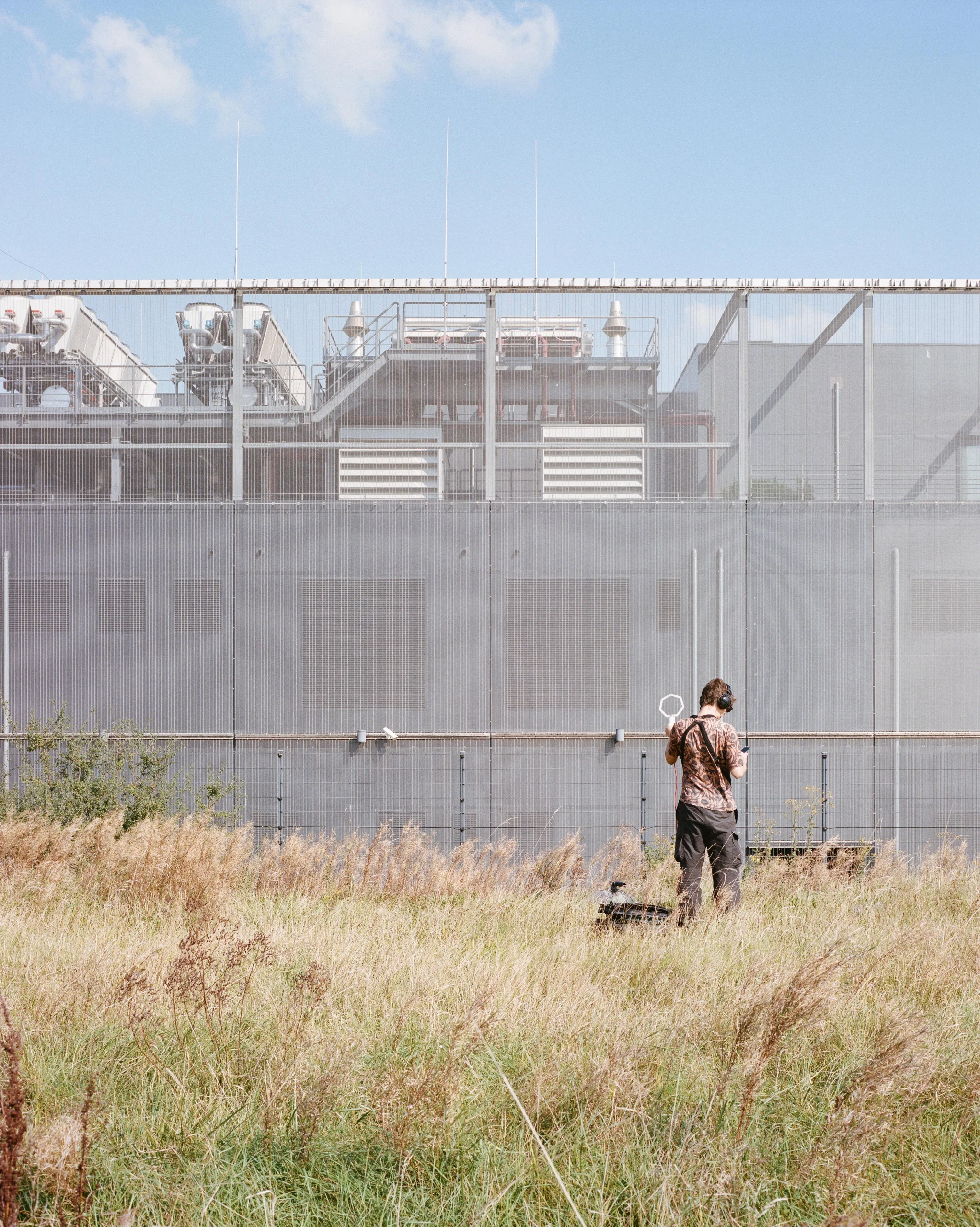
At the heart of the pavilion is a commissioned sound piece by Ludwig Berger. Composed from field recordings made across Luxembourg, the work investigates how biological, geological, and human forces co-produce the sonic identity of a place.
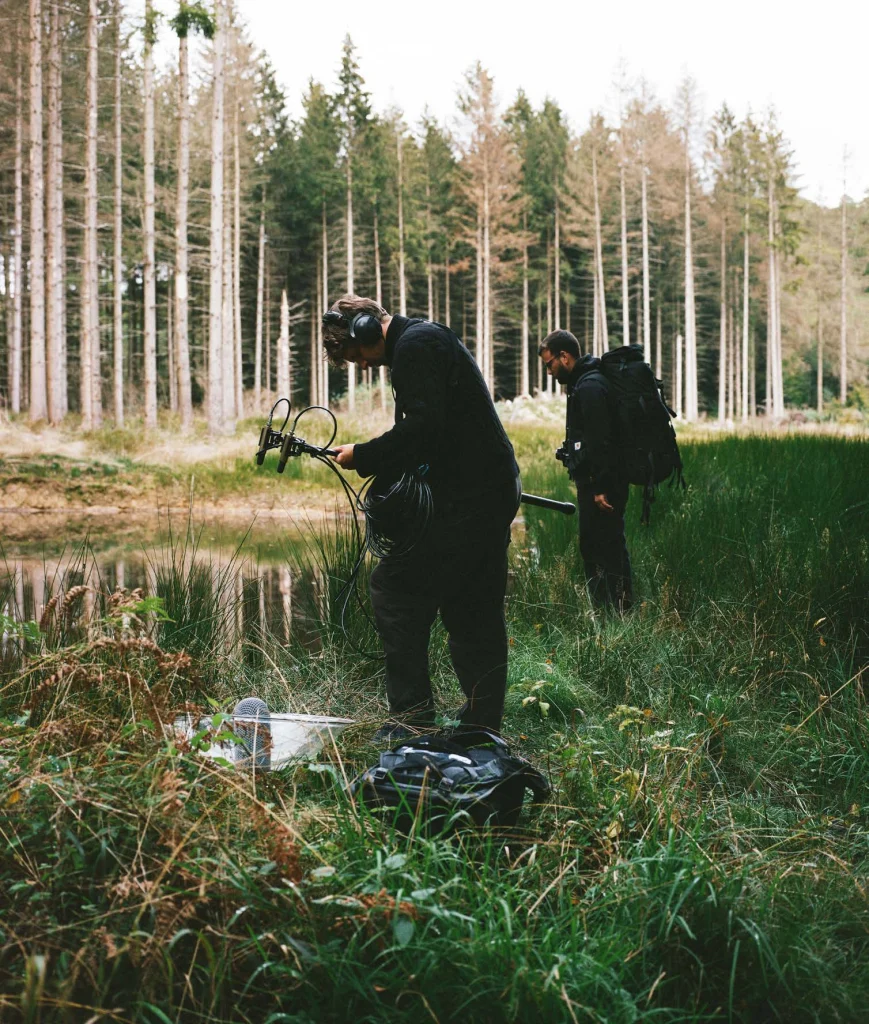
These recordings emerge from encounters with specialists in ecology, social sciences, engineering, history, and data science, forming a layered and dynamic composition that reflects Luxembourg’s territorial complexity. From the quiet encroachment of biodiversity loss to the hum of data centers, Berger’s soundscape reveals a nation shaped by intersecting natural and technological ecosystems.
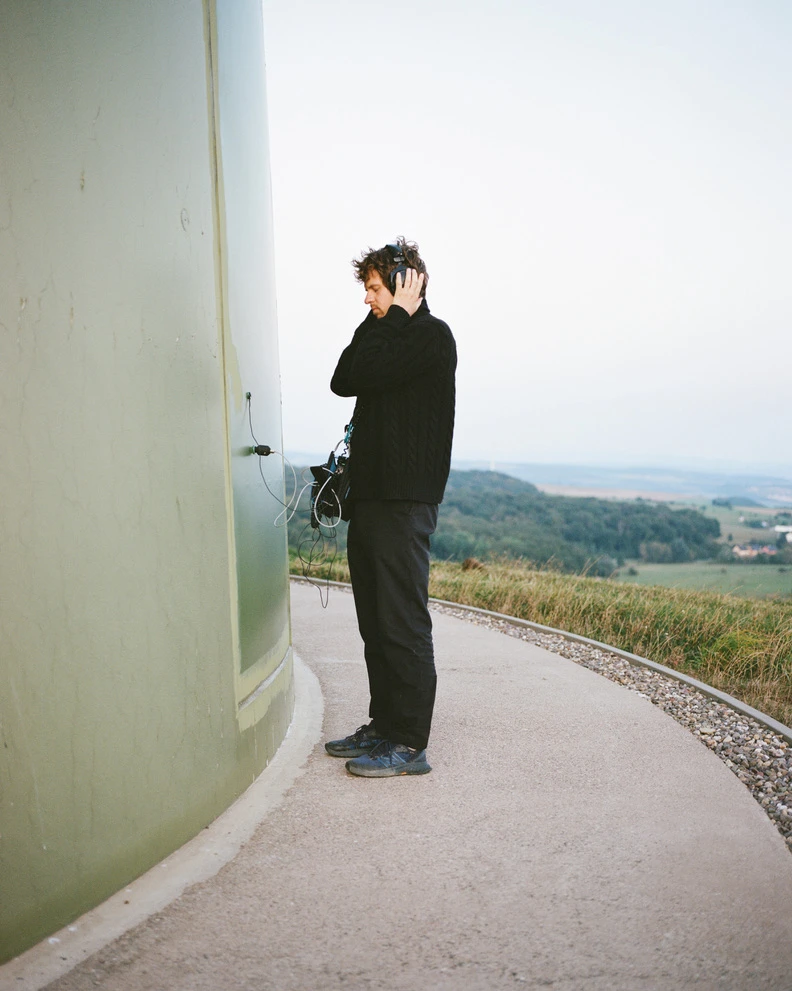
Accompanying this composition is a parabolic speaker installation, Long Throw, by Anthea Caddy, which transmits a sound work based on a reading by Peter Szendy. As visitors move through the space, they’re drawn into an “ecotonal” zone, a liminal realm where architectural, environmental, and philosophical ideas converge in sound.
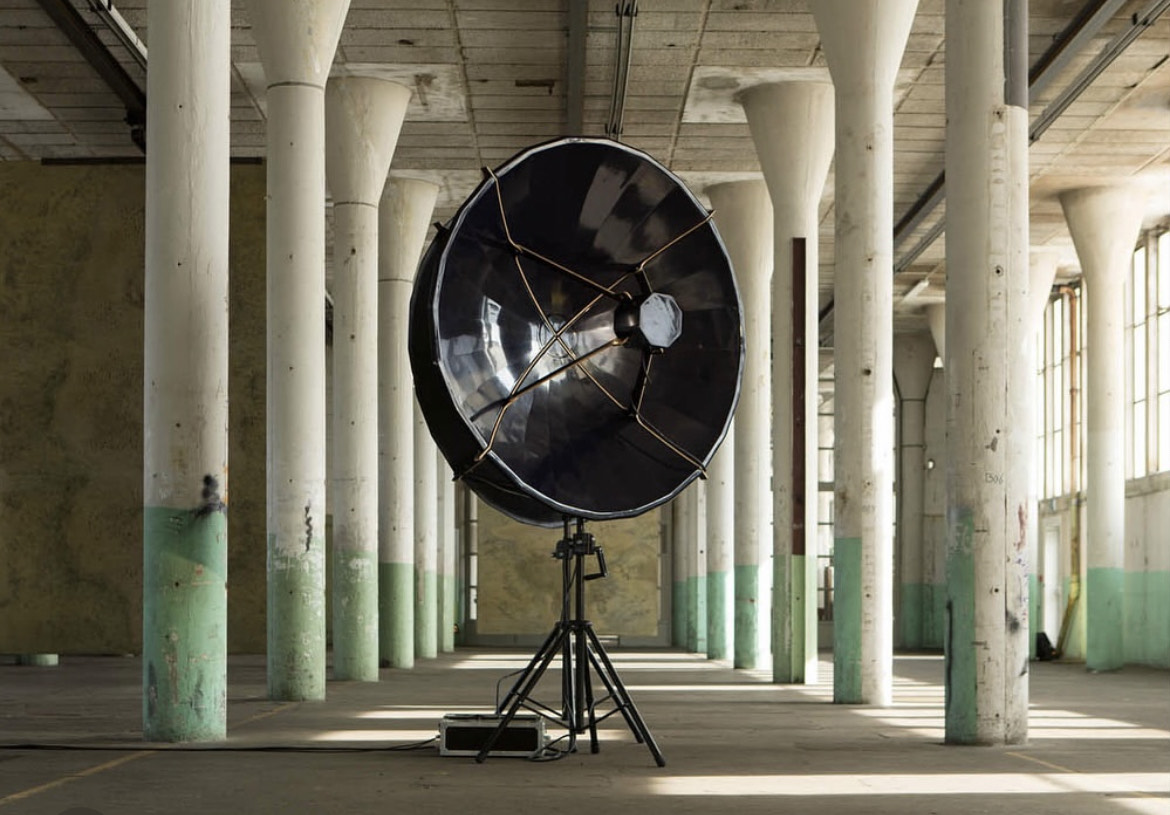
The concept of the ecotone, a transition zone between ecosystems, guides the curators’ approach to site-specific listening. Rather than presenting architecture as object or artifact, the exhibition treats it as a process of tuning into environments. This is echoed in the scenography, which is intentionally minimal, using standard construction materials with a sustainable circular-use strategy to prioritize acoustic quality and reduce physical impact.
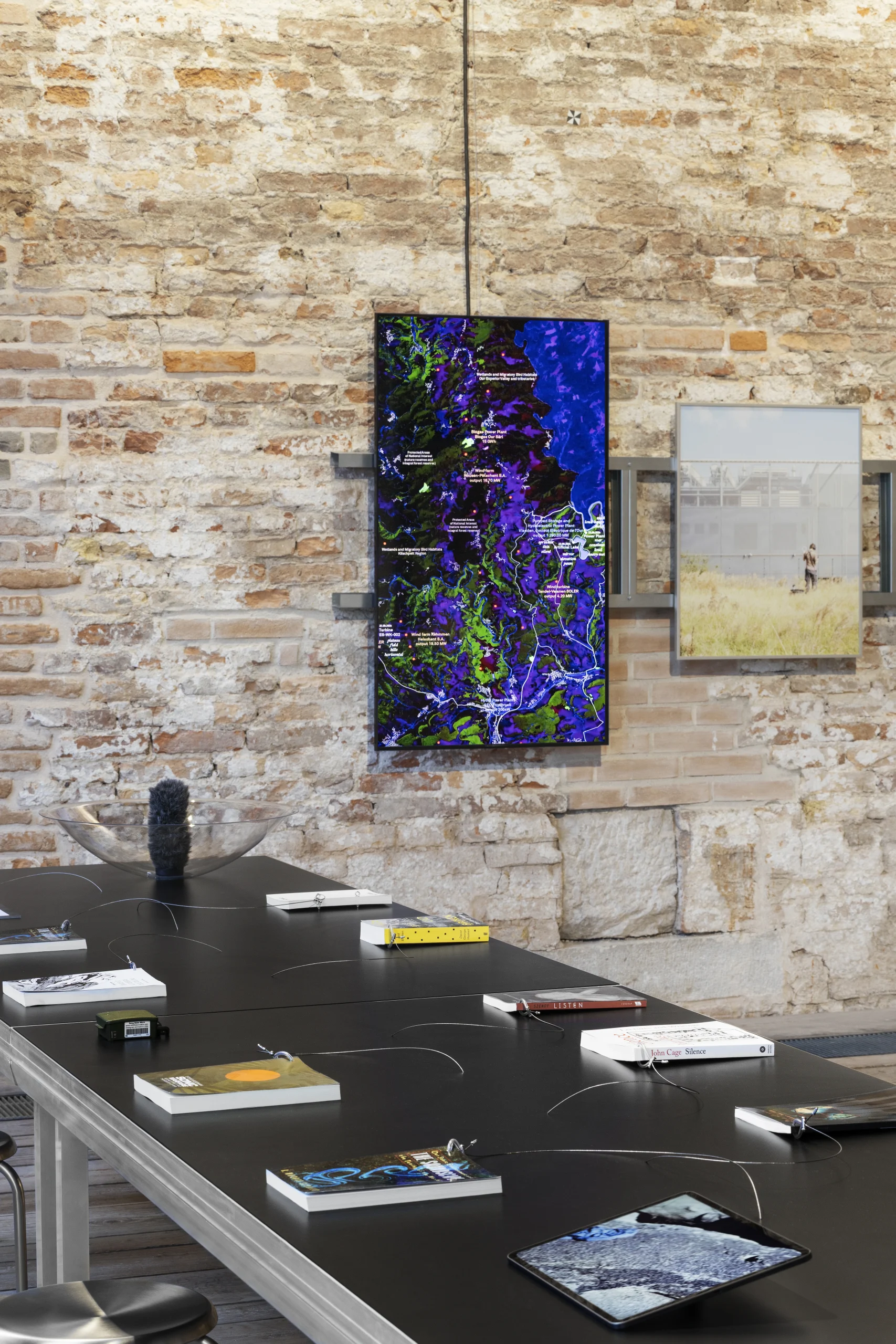
Sonic Investigations is more than a sound installation, it is a research platform that interrogates how sound reveals spatial power structures, human-nonhuman entanglements, and the often-unheard dynamics of territorial transformation. Through sound, the curators propose new narrative and analytical tools for architecture, grounded in listening as a political, environmental, and cultural act.
The exhibition is accompanied by a book, Ecotones: Investigating Sounds and Territories, launching on May 10 with a public performance featuring Berger and Szendy. The publication furthers the curatorial research, offering essays and sonic reflections that build on the themes explored in the pavilion.
By moving away from the visual dominance of traditional architectural exhibitions, Luxembourg’s Sonic Investigations offers a radical rethinking of how we perceive, analyze, and relate to space.


















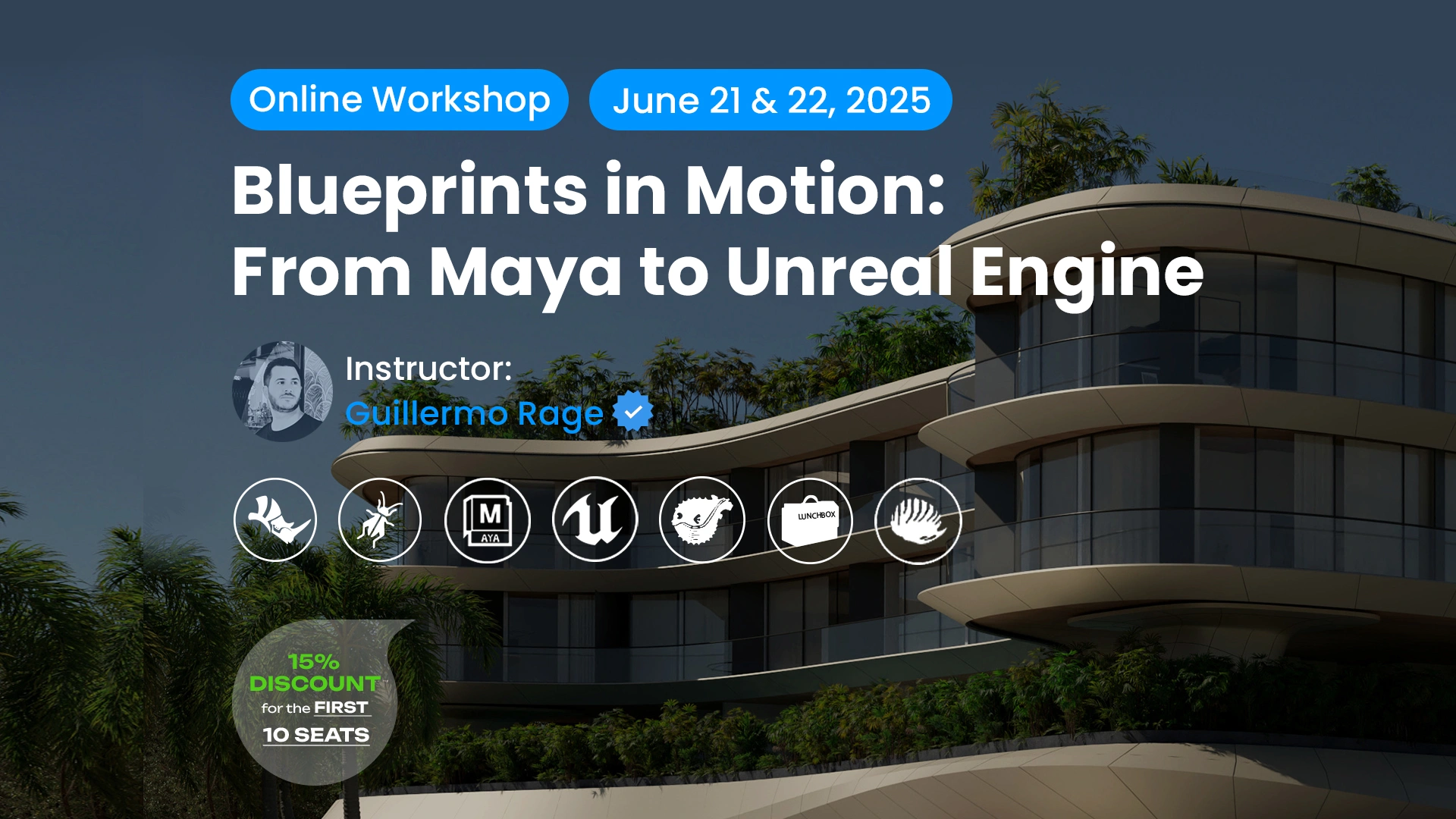












Leave a comment